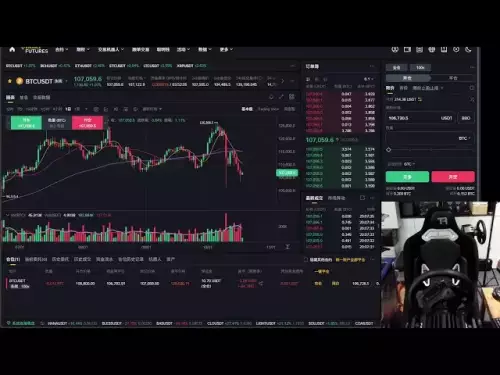-
 bitcoin
bitcoin $106975.071866 USD
-0.29% -
 ethereum
ethereum $3871.670850 USD
-0.07% -
 tether
tether $1.000261 USD
-0.01% -
 bnb
bnb $1084.417621 USD
-0.50% -
 xrp
xrp $2.348167 USD
0.82% -
 solana
solana $185.621736 USD
0.45% -
 usd-coin
usd-coin $0.999833 USD
-0.04% -
 tron
tron $0.313423 USD
0.81% -
 dogecoin
dogecoin $0.188856 USD
0.54% -
 cardano
cardano $0.630416 USD
-0.49% -
 hyperliquid
hyperliquid $36.506353 USD
2.24% -
 ethena-usde
ethena-usde $0.999584 USD
-0.01% -
 chainlink
chainlink $16.750026 USD
-0.77% -
 stellar
stellar $0.313373 USD
0.37% -
 bitcoin-cash
bitcoin-cash $465.978560 USD
-1.57%
How to switch networks in Trust Wallet?
To switch networks in Trust Wallet, open the app, select your token, tap on the current network, choose the correct one from the list, and confirm the change.
Mar 31, 2025 at 05:14 am
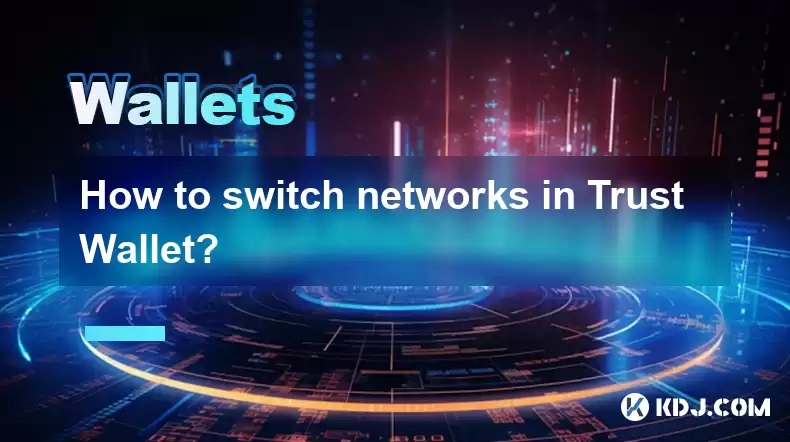
How to Switch Networks in Trust Wallet
Understanding Network Switching in Trust Wallet
Trust Wallet, a popular mobile cryptocurrency wallet, supports multiple blockchain networks. Switching networks allows you to interact with different blockchains and their associated tokens. This is crucial because different tokens reside on different networks (e.g., Ethereum, Binance Smart Chain, Polygon). Understanding which network your token operates on is essential to avoid sending it to the wrong address and losing your funds. Incorrect network selection is a common source of error for cryptocurrency users. This guide will walk you through the process of safely switching networks within Trust Wallet.
Accessing the Network Selection Menu
The first step in switching networks is accessing the relevant menu within the Trust Wallet application. This is generally located within the details of a specific token. Open the Trust Wallet app and select the token you wish to interact with. You'll see various information about the token, including its balance and transaction history. Look for an option that displays the current network the token is on. This might be labeled 'Network,' 'Chain,' or something similar. Tapping this option will usually bring up a list of supported networks.
Selecting Your Desired Network
Once you've accessed the network selection menu, you'll see a list of available networks supported by Trust Wallet. This list can be extensive and includes popular networks like Ethereum Mainnet, Binance Smart Chain (BSC), Polygon, and many others. Carefully review the list and select the network appropriate for your token. Choosing the wrong network can result in irreversible loss of funds. Double-check the network name to ensure it matches the network your token is designed to operate on. If you're unsure, consult the token's official documentation or community resources.
Adding a Custom Network (If Necessary)
Trust Wallet doesn't always list every network available. If your token's network isn't present in the standard list, you might need to add it manually. This usually involves inputting specific network parameters. You will typically need the network's RPC URL, Chain ID, Symbol, and Block Explorer URL. These details are often found on the token's website or on a blockchain explorer for that network. Incorrectly inputting this information can lead to issues, so be meticulous in your data entry. Adding a custom network is generally a more advanced step and should only be undertaken if you are confident in your understanding of blockchain technology.
Step-by-Step Guide to Switching Networks
Let's illustrate a typical network switch with a step-by-step guide:
Step 1: Open Trust Wallet and select the relevant token. Find the token you wish to use and tap on it to view its details.
Step 2: Locate the Network selection option. Look for a button or menu item indicating the current network (e.g., 'Network,' 'Chain').
Step 3: Select the desired network from the list. Choose the correct network from the dropdown menu that appears. Double-check your selection before proceeding.
Step 4: Confirm the network change. Trust Wallet may require a confirmation before switching networks. Review the details and confirm if everything looks correct.
Step 5: Verify the network change. After confirming, check that the network has indeed changed in the token's details.
Troubleshooting Network Switching Issues
Sometimes, switching networks can present challenges. If you encounter problems, consider these troubleshooting steps:
Check your internet connection: A poor internet connection can disrupt the network switching process.
Restart your Trust Wallet app: A simple restart can often resolve minor glitches.
Restart your device: If restarting the app doesn't work, try restarting your phone or tablet.
Update Trust Wallet: Ensure you're using the latest version of the app. Outdated versions might have compatibility issues.
Verify network parameters (if adding a custom network): Double and triple-check the accuracy of all the network parameters you entered.
Understanding Network Fees (Gas Fees)
Remember that switching networks doesn't always happen instantly. Many networks charge transaction fees, often called 'gas fees.' These fees compensate miners or validators for processing transactions. The amount of gas fee varies depending on network congestion and the complexity of the transaction. Always check the estimated gas fee before confirming any network switch or transaction. High gas fees can be a deterrent, so consider the cost before proceeding.
Frequently Asked Questions
Q: What happens if I choose the wrong network?A: Sending tokens to the wrong network is usually irreversible. Your funds may be lost. Always double-check the network before sending or receiving tokens.
Q: Why are some networks faster than others?A: Network speed depends on factors like transaction processing mechanisms, congestion, and the underlying technology. Some networks prioritize speed over security, while others prioritize security over speed.
Q: Can I switch networks for all tokens in my wallet?A: No, not all tokens are compatible with all networks. A token is designed to operate on a specific network. Trying to use it on an incompatible network will likely fail.
Q: What if my token's network isn't listed?A: You may need to add the network manually using the custom network addition feature, providing the necessary RPC URL, Chain ID, and other parameters. Proceed with caution and only if you understand the implications.
Q: Are there any security risks associated with switching networks?A: The primary security risk is choosing the wrong network and losing your funds. Always double-check the network selection before confirming any transaction. Using the official Trust Wallet app and keeping it updated helps mitigate other security risks.
Disclaimer:info@kdj.com
The information provided is not trading advice. kdj.com does not assume any responsibility for any investments made based on the information provided in this article. Cryptocurrencies are highly volatile and it is highly recommended that you invest with caution after thorough research!
If you believe that the content used on this website infringes your copyright, please contact us immediately (info@kdj.com) and we will delete it promptly.
- Eric Trump, Crypto, and Caution: An Aniken Incident Cautionary Tale
- 2025-10-19 12:25:14
- Chainlink's Balancing Act: Bears, Whales, and Key Support Levels
- 2025-10-19 12:25:14
- Chainlink's Tightrope Walk: Bears, Bulls, and the $16 Support
- 2025-10-19 12:30:16
- Arthur Hayes' Maelstrom: A $250M Crypto Buyout Spree Targeting Family Offices
- 2025-10-19 12:30:16
- Decoding Pet Pain: Vet Talk on Misbehaving Pets and Hidden Aches
- 2025-10-19 12:35:11
- Bitcoin, Altcoins, and Crypto Outlook: Navigating Q4 2025's Potential Explosion
- 2025-10-19 12:35:11
Related knowledge
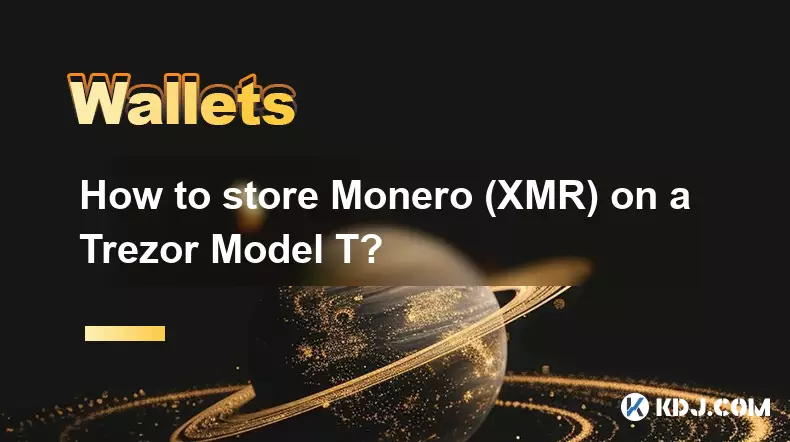
How to store Monero (XMR) on a Trezor Model T?
Oct 19,2025 at 09:55am
Understanding the Role of Liquidity Pools in Decentralized Finance1. Liquidity pools are foundational elements within decentralized exchanges (DEXs), ...
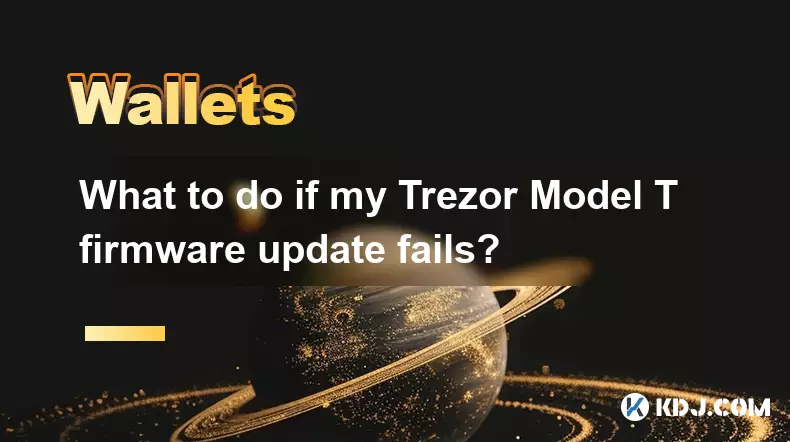
What to do if my Trezor Model T firmware update fails?
Oct 18,2025 at 12:54pm
Understanding Firmware Update Failures on Trezor Model T1. Firmware updates on the Trezor Model T are essential for maintaining security, accessing ne...
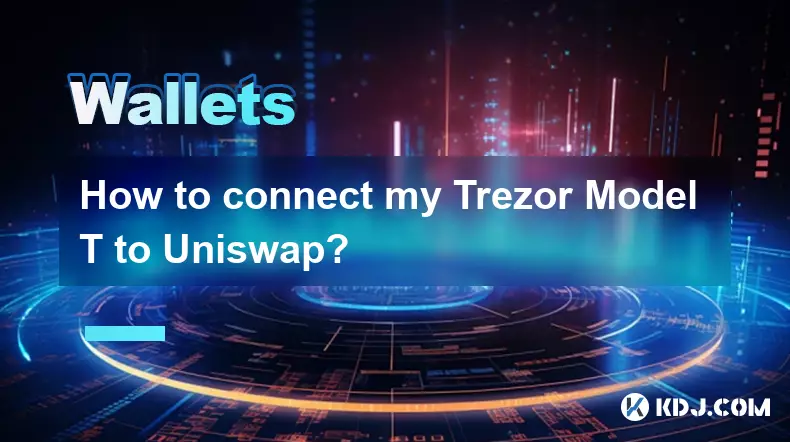
How to connect my Trezor Model T to Uniswap?
Oct 18,2025 at 06:55pm
Understanding the Basics of Trezor and Uniswap Integration1. The Trezor Model T is a hardware wallet designed to securely store cryptocurrencies by ke...

How to use Trezor Model T with Exodus wallet?
Oct 19,2025 at 09:19am
Connecting Trezor Model T to Exodus Wallet1. Ensure your Trezor Model T is updated to the latest firmware version available through the Trezor Suite. ...
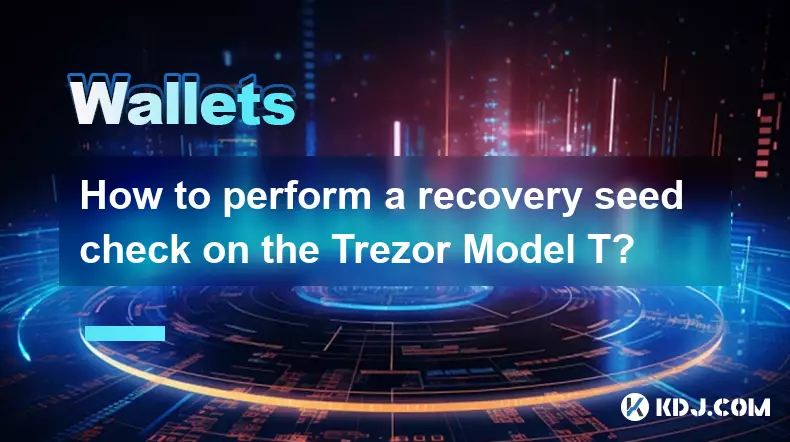
How to perform a recovery seed check on the Trezor Model T?
Oct 18,2025 at 06:18pm
Understanding the Importance of a Recovery Seed Check1. A recovery seed is a critical backup mechanism for cryptocurrency wallets like the Trezor Mode...
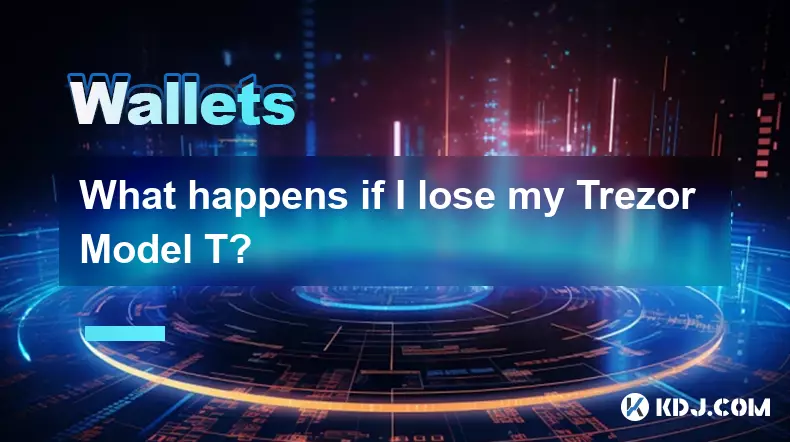
What happens if I lose my Trezor Model T?
Oct 18,2025 at 03:00am
Recovering Access to Your Cryptocurrency After Losing a Trezor Model T1. The Trezor Model T is a hardware wallet designed to securely store private ke...

How to store Monero (XMR) on a Trezor Model T?
Oct 19,2025 at 09:55am
Understanding the Role of Liquidity Pools in Decentralized Finance1. Liquidity pools are foundational elements within decentralized exchanges (DEXs), ...

What to do if my Trezor Model T firmware update fails?
Oct 18,2025 at 12:54pm
Understanding Firmware Update Failures on Trezor Model T1. Firmware updates on the Trezor Model T are essential for maintaining security, accessing ne...

How to connect my Trezor Model T to Uniswap?
Oct 18,2025 at 06:55pm
Understanding the Basics of Trezor and Uniswap Integration1. The Trezor Model T is a hardware wallet designed to securely store cryptocurrencies by ke...

How to use Trezor Model T with Exodus wallet?
Oct 19,2025 at 09:19am
Connecting Trezor Model T to Exodus Wallet1. Ensure your Trezor Model T is updated to the latest firmware version available through the Trezor Suite. ...

How to perform a recovery seed check on the Trezor Model T?
Oct 18,2025 at 06:18pm
Understanding the Importance of a Recovery Seed Check1. A recovery seed is a critical backup mechanism for cryptocurrency wallets like the Trezor Mode...

What happens if I lose my Trezor Model T?
Oct 18,2025 at 03:00am
Recovering Access to Your Cryptocurrency After Losing a Trezor Model T1. The Trezor Model T is a hardware wallet designed to securely store private ke...
See all articles





















![[4K 60fps] Astral by oc3andark (1 Coin) [4K 60fps] Astral by oc3andark (1 Coin)](/uploads/2025/10/19/cryptocurrencies-news/videos/k-fps-astral-ocandark-coin/68f438453fa33_image_500_375.webp)


